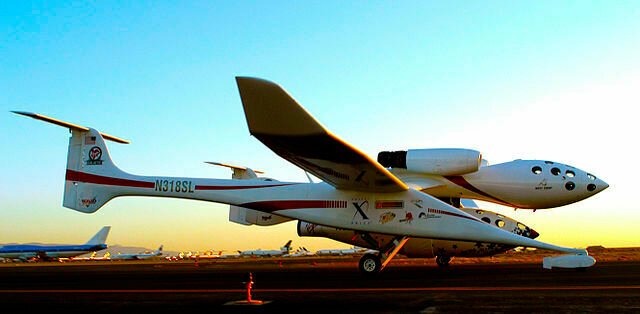Chronicling NewSpace Part 2: Role Of US Space Policy
- Published
- Reading Time
- 3 minutes
- Contents
In the first post of this series, we discussed the space race and how the NewSpace began. In this part, we discuss the role of US government policy in shaping the NewSpace. It is interesting to see how a country’s government can play in advancing the entrepreneurial activities in a heavily technology driven sector like space.
US Government’s space policy 2004
Following the space shuttle Columbia’s disaster and increasing entrepreneurial activities in the space industry, in December 2004 President Bush announced the ‘Commercial Space Launch Amendment Act of 2004‘ – ‘To promote the development of the emerging commercial human space flight industry, and for other purposes’.
The amendment 14 of the act imposed restrictions on the FAA’s ability to regulate safety for people flying on commercial vehicles. It put that restriction, commonly called the “learning period” in the industry, in order to give companies time to build up experience upon which regulations could be based, tilllate 2023. FAA in it’s recent report to Congress wrote, “During the learning period, significant advancements have occurred in the human space flight industry”.
This makes one thing very clear – the government started exploring the options and was now open for experimentation by private companies. This opened gateway for multiple companies to do experimental launches, the startups raised funding, made bold announcements – basically the NewSpace was ON. The entrepreneurial activities had started full-fledged.
Ansari X-Prize (2004)
During the same period, in October 2004, Ansari X Prize captured the world’s attention by awarding $10 million prize money to the winning team, MAV out of the 26 participants for their SpaceShipOne.
The project was led and designed by Burt Rutan and financed by Microsoft co-founder Paul Allen. According to the XPrize website – with the awarding of this competition, a brand-new $2 billion private space industry was launched. In the subsequent posts, we’ll see how it eventually got condensed into The Spaceship Company & played a significant role in the advancement of Virgin Galactic. SpaceShipOne was the first private human space-flight that successfully conducted a suborbital flight. Before the Ansari XPRIZE, space flight was exclusively on the horizon of government. It enabled the possibility of space tourism, which was earlier considered too dangerous and too expensive for the general public and also space exploration for the private sector was neither possible nor affordable
Constellation Program and COTS
While NewSpace was emerging, US government had not lost hope on public funded space exploration. In 2005, NASA launched the Constellation programme – with an estimated budget of $230 billion. The major short-term goals were “completion of the International Space Station” and a “return to the Moon no later than 2020” with a crewed flight to the planet Mars as the ultimate goal. On the other hand, NASA announced a program named Commercial Orbital Transportation Services (COTS) in Jan 2006, anticipating that “commercial services to ISS will be necessary through at least 2015“. NASA stated that it “could start purchasing commercial cargo services as early as 2008 – 2010” through the program. SpaceX was among the 7 first round participating firms who applied by Nov 2007. Eventually, SpaceX won the final round along with Orbital ATK.
SpaceX started its demo flights for COTS with Falcon 9 LV and Dragon spacecraft in 2010. Musk’s company started flying operational resupply missions to ISS in 2012, recording its spacecraft Dragon as first private spacecraft to reach the ISS. These contracts for resupply missions would bring invaluable revenue to the company and follow-on funding, which would help it continue experimenting and further developing the technology. Another winner of COTS, Orbital ATK/Orbital Sciences began flying operational deliveries in 2014.
Change of role of NASA
With the emerging success of private space players and the potential to vastly reduce the cost of running a space program, US President Obama cancelled the project Constellation in 2009, citing it as “over budget, behind schedule, and lacking in innovation.” Given NASA’s share in US federal budget was reducing every year, it gave out contracts for private development of vehicles for use in low Earth orbit. Finally, in 2011, the Space Shuttle program, which brought astronauts and important cargo pieces to the International Space Station, was discontinued bringing an end to the Space Shuttle Era.
The NewSpace industry brought down cost of launch to less than $50 million as compared to the Space Shuttle program which costed $4 billion annually at peak. A Wall Street Journal editorial published in 2010 rightly commented that “a new player has taken centre stage: American capitalism and entrepreneurship. The plan lays the foundation for the future Google, Cisco and Apple of space to be born…“. In the process, the role of NASA transformed from being the agency responsible for designing and building to an agency that was largely responsible for coordinating space activities in the United States.
The NewSpace movement in US was firmly established in the years between 2004-10. This had far reaching consequences in other allied industries as it broadened scope for space services – space tourism, satellite internet, MEO & LEO constellations and so on. We will discuss them in the later partsof this series.





